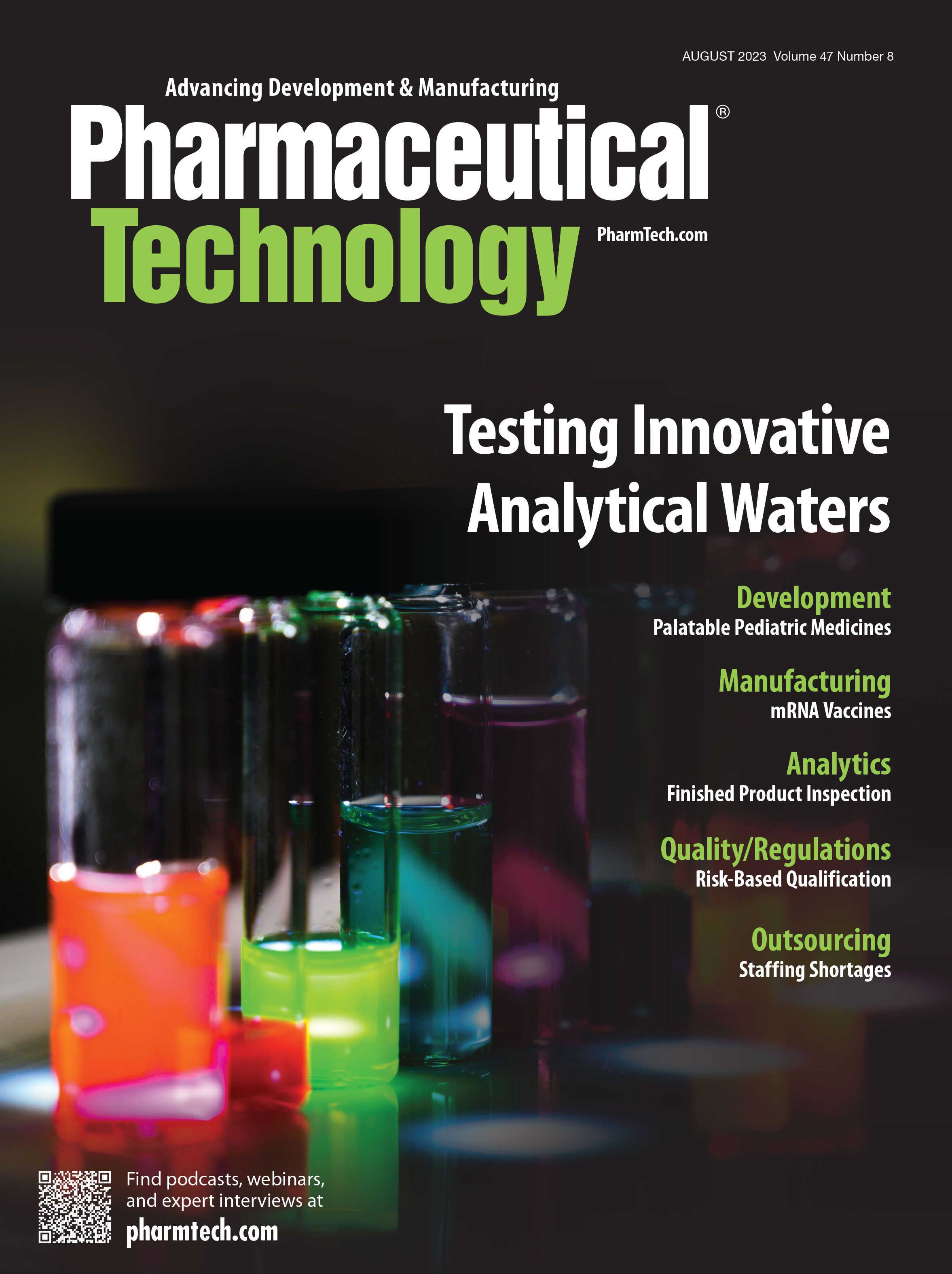New Magic from mRNA
mRNA may be a modality whose chief advances are yet to come.
PT_fte_1280_AdobeStock_69194_Karramba

The term microbiome may have first been used in an agriculture paper (1), but widespread traction was sparse until Francis Collins (then head of the National Human Genome Research Institute) talking through upcoming funding limits for simply sequencing yet another organism, with Broad Institute head, Eric Lander, had a true eureka moment, to seize upon sequencing the human microbiome—skin, gut, hair, and so forth, for multiple funding projects going forward. Suddenly all things microbiome became in vogue. However, as recently as February 2020, scientific papers were still proposing vague notions that, “The mechanisms by which microbiomes impact on cancers can yield new diagnostics and treatments, but much remains unknown” (2). What had seemed administrative legerdemain at that time of Collins eureka moment is, in 2023, absolutely a therapeutic window to drill down on. The tumor microenvironment as therapeutic approach has come of age, and the tool of the hour is messenger RNA (mRNA).
Acknowledging that bacteria and fungi form complex colonies with solid tumors, an approach to unravel this microbiome community was developed with mRNA molecules encoded to produce a toxin lethal to cohabitating bacteria. In this experiment, pseudomonas exotoxin A domain III was packaged into lipid nanoparticles and injected into the tumor bed. “We hypothesized that encoding the active domain only, without the binding and translocation domains of the original toxin, will allow potent intracellular effect upon mRNA translation, while reducing the risk of side-off effects in case of toxin release from target cells,” related professor Dan Peer, co-lead author of the study (3). Unlike chemotherapy where resistance gathers pace during extended exposure, this approach is easily amenable to simply switching to a different natural toxin. The study goes on to describe that most of the lipid nanoparticles reached cancer cells, destroying 44–60% of them.
While the history of drug discovery science is replete with false dawns, it is encouraging to see mRNA make an alliance with deeper understanding of the mechanics of the tumor microbiome. mRNA may be a modality whose chief advances are yet to come.
References
1. Whipp, et al., Fungi in Biological Control Systems. Manchester University Press. 1988.
2. Xavier, J.; Young, V.; Skufca, J., et al. The Cancer Microbiome: Distinguishing Direct and Indirect Effects Requires a Systemic View. Trends in Cancer. 2020 March 6(3), doi: 10.1016/j.trecan.2020.01.004.
3. Granot-Matok, Y.; Ezra, A.; Peer, D.; et al. Lipid Nanoparticles-loaded with Toxin mRNA Represents a New Strategy for the Treatment of Solid Tumors. Thernostics. 2023 July.
About the author
Chris Spivey is editorial director for Pharmaceutical Technology.
Article details
Pharmaceutical Technology
Vol. 47, No. 8
August 2023
Pages: 10
Citation
When referring to this article, please cite it as Spivey, C. New Magic from mRNA. Pharmaceutical Technology 2023 47 (8).

Drug Solutions Podcast: A Closer Look at mRNA in Oncology and Vaccines
April 30th 2024In this episode fo the Drug Solutions Podcast, etherna’s vice-president of Technology and Innovation, Stefaan De Koker, discusses the merits and challenges of using mRNA as the foundation for therapeutics in oncology as well as for vaccines.
Drug Solutions Podcast: Applying Appropriate Analytics to Drug Development
March 26th 2024In this episode of the Drug Solutions Podcast, Jan Bekker, Vice President of Business Development, Commercial and Technical Operations at BioCina, discusses the latest analytical tools and their applications in the drug development market.
Pharmaceutical Tariffs Are Imminent: How Industry is Bracing for Impact
April 16th 2025On April 14, 2025, the Trump Administration launched a national security-driven investigation into pharmaceuticals, a move that will likely result in tariffs being placed on pharmaceutical drugs, ingredients, and other components that are imported from outside of the United States.